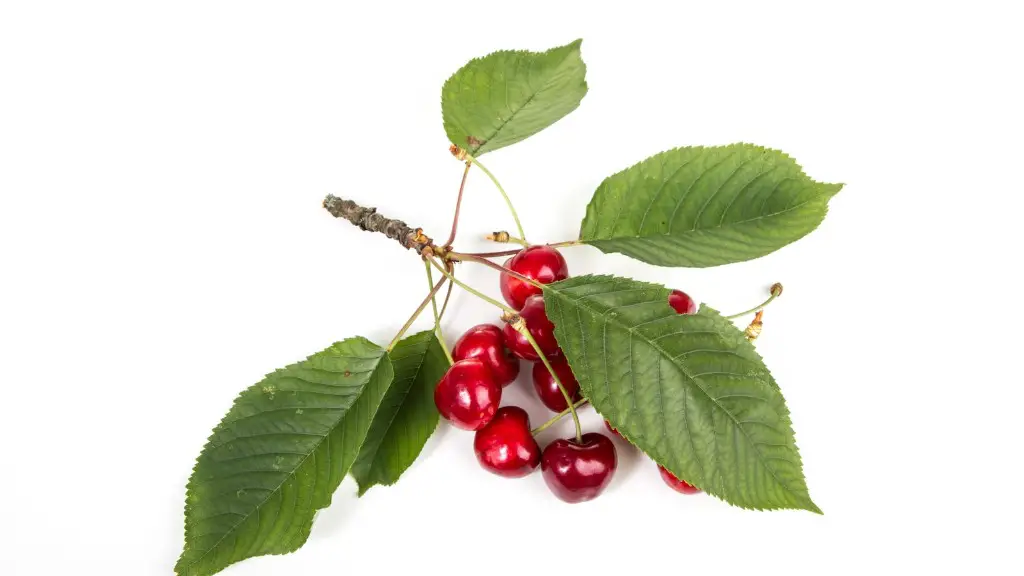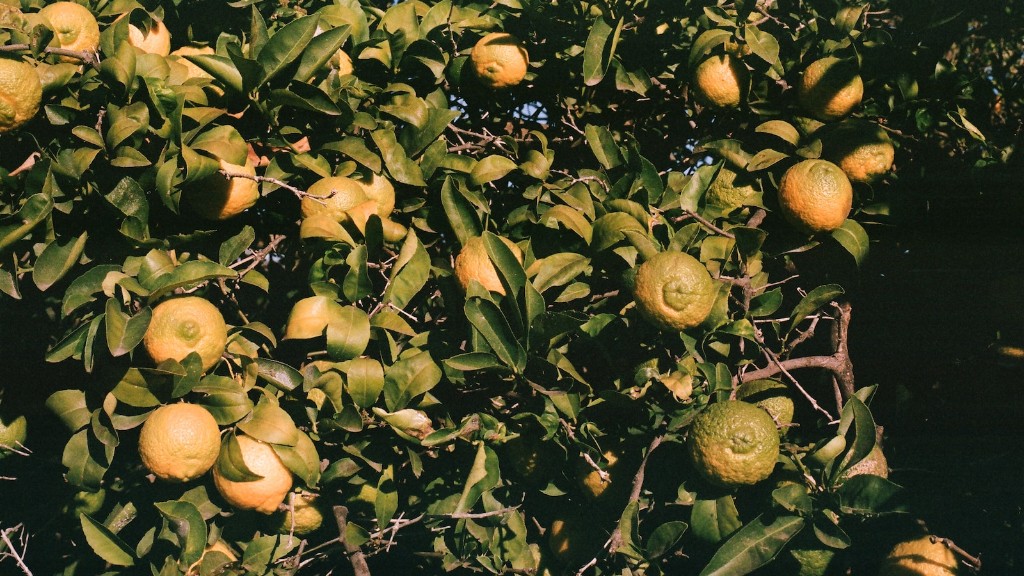Avocados are a tasty, nutrient-rich fruit beloved by many around the world. But how can you make sure that your avocado tree produces the fruit you crave? Growing and harvesting avocados takes skill and extra effort. This article provides some tips for improving yields and getting your avocado tree to bear fruit.
Proper Care and Maintenance
One of the most important steps to ensuring that your avocado tree produces fruits is regular, proper care and maintenance. This includes providing enough water and fertilizer, pruning the tree regularly, and protecting it from pests. It is recommended to water your avocado tree at least once a week. This must be done carefully since avocado trees have shallow roots; it is easy to drown them in too much water. The tree should be fertilized approximately four times a year to ensure it has enough nutrients to grow. Pruning should be done every few weeks to maintain the tree’s shape and encourage new growth. Lastly, it is essential for the health of your tree to protect it from pests. Using environmentally friendly pest repellents can help reduce infestations and keep the tree healthy.
Pollination
Avocado trees need to be properly pollinated in order to produce fruit. The trees are actually partially self-pollinating, meaning that a single tree is able to produce fruits on its own without any other trees nearby. However, most avocado trees will produce more fruits when they are pollinated by another avocado tree or a bee. If you have an avocado tree in your garden, it is best to have at least one other tree of the same variety nearby so they can cross-pollinate each other. You can also introduce bees into your garden to help the pollination process.
Temperature
Avocado trees love warm temperatures, so it is important to make sure that your tree does not get too cold. Avocado trees should ideally stay between 45-80 degrees Fahrenheit (7-27 degrees Celsius). It is especially important to make sure that your tree does not stay too cold at night, as the temperature can drop below 45 degrees Fahrenheit (7 degrees Celsius). If temperatures drop too low, the flowers of the tree will not open and the tree will not produce fruits. It is a good idea to provide extra insulation to your tree during the colder months of the year.
Thinning
When it comes to getting your avocado tree to produce fruit, thinning is an important step to take. This technique helps to initiate fruit growth by thinning out some of the avocado flowers in order to reduce competition over the nutrients and resources of the tree. To perform thinning, it is best to wait until the fruit has been on the tree for around 2 weeks. Then, remove any additional fruit on the tree that has not yet grown, as this will inhibit growth in the remaining fruits. You can do this by carefully plucking the small fruit from the tree with your hands.
Be Patient
Growing avocados takes time and patience. It can take up to two years for a newly planted tree to start producing fruit. However, it is important to remember that each tree is different and the time needed to start producing fruit may vary. New trees can take some time to adjust to their new environment, but they eventually get used to it and produce fruit.
Check For Issues
If your tree still isn’t bearing fruit, it is important to check for any issues that may be preventing it from doing so. Check for signs of pests or disease on the tree and treat them accordingly. Make sure that the tree is getting enough water and nutrients. Check the temperature to make sure it is not too cold for the tree to flower. Lastly, make sure that the tree is getting enough sunlight and prune it regularly to encourage new growth. With these tips, you are sure to get your tree to produce the delicious avocados you want.
Signs Your Tree is Fruiting
When your tree begins to bear fruit, there are a few signs you should look out for. First, the pollen-bearing flowers of the tree will darken and start to swarm with bees. At this point, the bee activity will increase and the flowers will begin to form green-colored fruits on the branches. As the fruits continue to grow, the skin will turn a yellowish-green or brownish-green-color and eventually the fruit will be ready to be harvested.
Harvesting
Avocado fruits are typically ready to harvest 3-4 months after they start appearing on the tree. When the fruits are ready to be picked, you will know by their appearance and texture. The fruits should be firm but slightly soft and the color should be a deep green hue. Carefully pluck the fruit off the tree with your hands, making sure to avoid any damage to the tree. Once you have picked the fruit, you can store it for up to two weeks so it can continue ripening.
Pruning and Grafting
Pruning and grafting are two important techniques that can be used to improve yields on avocado trees. Pruning helps to maintain the shape and size of the tree while also encouraging new growth. Grafting involves combining a rootstock (or lower part of a tree) with a scion (or upper part) in order to create a new tree with different characteristics. Grafting can be used to increase the quality and number of fruits produced by avocado trees.
Fertilizers
Fertilizers are essential for a healthy, thriving avocado tree. It is recommended to fertilize the tree with an organic fertilizer at least four times a year. Make sure to read the instructions on the fertilizer and follow them carefully, as the amounts can vary depending on the type of fertilizer used. Body-sized avocado trees usually require 8-15 ounces of fertilizer per month.
Soil
When it comes to planting avocado trees, it is important to make sure that the soil is well-draining and that it has a slightly acidic pH (5.5-6.2). The soil should also be high in organic matter. Make sure that the soil is fertilized at least once a year with an organic fertilizer to ensure that the tree has access to the necessary nutrients to grow and bear fruits.
Protect From Pests
Pests can be a huge problem for avocado trees. Pests, such as aphids, mites, and scale, can suck the sap out of the tree, causing it to become weakened and putting it at risk for disease. The best way to keep pests away from your tree is to keep the area clean, utilize pest deterrent plants and spray the tree with an environment friendly pesticide regularly.


